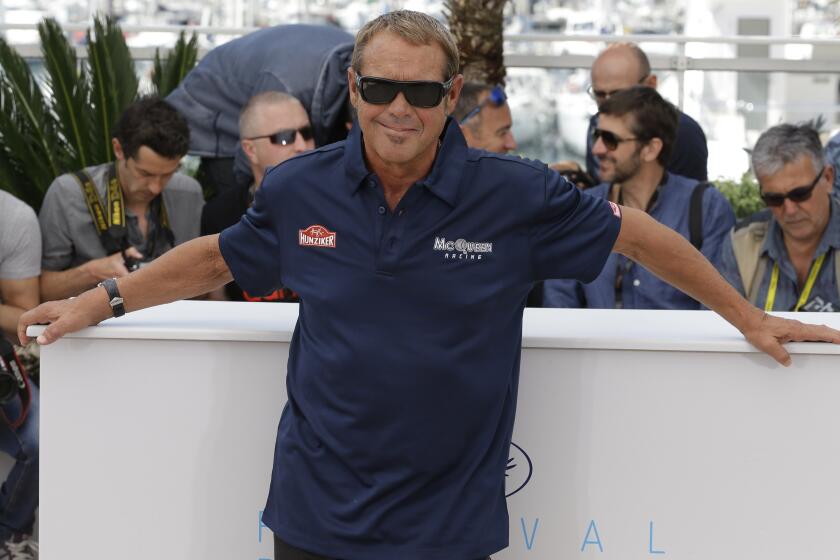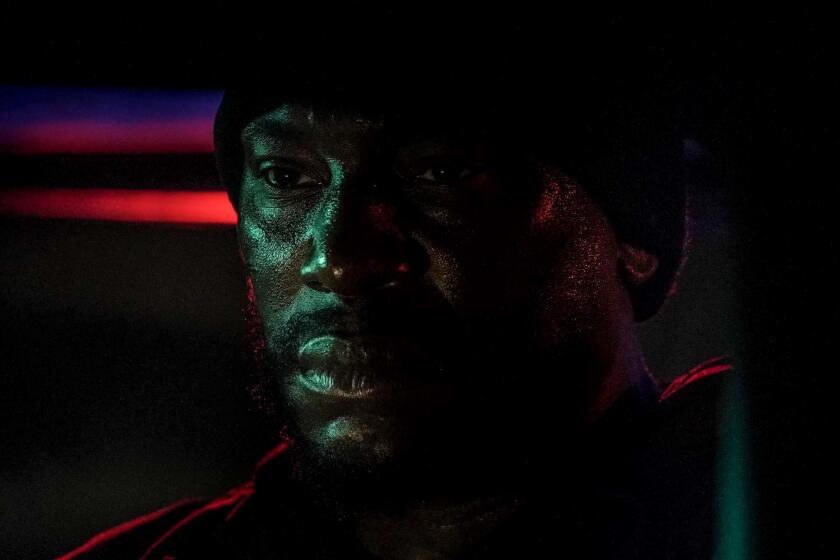Rick Carter, ‘Avatar’ production designer
Rick Carter, one of Hollywood’s most celebrated production designers, whose credits include “Forrest Gump,” “Jurassic Park,” “War of the Worlds” and “The Polar Express,” talks about his work on James Cameron’s “Avatar.” Here, in an excerpt from the Hero Complex blog, the Oscar-nominated designer, currently in Vancouver, Canada, at work on Zack Snyder’s “Sucker Punch,” talks about his work and Cameron’s vision.
-- Geoff Boucher
You’ve worked with a relatively narrow group of directors but it’s quite the list -- Steven Spielberg, James Cameron, Robert Zemeckis and now Zack Snyder. I would imagine too that “Avatar” is already feeling like a career highlight for you.
Absolutely. Jim has made an amazing movie. He’s quite a talent, and when he puts his mind to something, it’s quite formidable.
Coming into this project, what were some of the specific challenges it presented to you?
Coming into “Avatar,” I had only really been working with Spielberg and Zemeckis. That’s twentysomething years. My approach is to orient myself toward the vision of the director and that becomes the sole thing I have to concern myself with.
And where there isn’t something there, the task is, “What can I offer? What can people in the art department offer?”
Where did you begin on “Avatar”?
Coming into “Avatar,” it took me about 3 1/2 hours to read the script. I really wanted to take my time to “see” the movie. It was clear that what he was doing was not just about a literal translation; you couldn’t just piece it together by thinking of things you had seen in other films, because it was an entirely new world. As I started reading through it, there was a part -- and it’s a part, actually, that’s not in the movie anymore -- but one of the alien characters says, “When you see everything, you see nothing.” And I realized that I was so overwhelmed with all of what I was seeing that I was actually starting to see nothing. So in a very lyrical way I gave myself over to that idea that there was too much for me to see.
So you mean that you have to surrender to the startling immersion we would feel on an alien world and not get caught up in a sort of piecemeal construction of it?
Yes. So, as I read, I stopped trying to visualize things and I stopped getting caught up in how to accomplish these things. I was trying to understand all of it by stepping back and looking for what Jim was going for.
This film arrives with the reputation as “a game-changer” as far as effects technologies and approaches too, which must have made for an interesting path.
Well, we knew that the actual way of getting the movie done was not going to be known ahead of time. I worked on “Polar Express,” where we created the motion-capture volume without real-time visualization, and I know what that took. So bring that into the world where half the movie is being done with real-time visualizing in a motion-capture space that has to be integrated as a hybrid with live action -- I knew we were in new territory. There was no road there.
Tell me about Pandora, the jungle moon that’s the setting for “Avatar.”
In trying to understand Jim’s vision of Pandora, I had this notion that Jim had been to Pandora be- fore; he had been at the bottom of the ocean so much with “Titanic” and “The Abyss” and “Aliens of the Deep.” Jim described nighttime on Pandora as “phantasmagoric.” I’m probably one of the few people that went and looked up that definition, which means “as seen in a dream state.”
The bioluminescence of the jungle life forms gives everything a sort of dream-time feel . . .
And he was evoking the question: What is it you see when you’re really starting to get transported into this whole other dimension?
For the full interview, go to latimes.com/herocomplex.
More to Read
Only good movies
Get the Indie Focus newsletter, Mark Olsen's weekly guide to the world of cinema.
You may occasionally receive promotional content from the Los Angeles Times.










